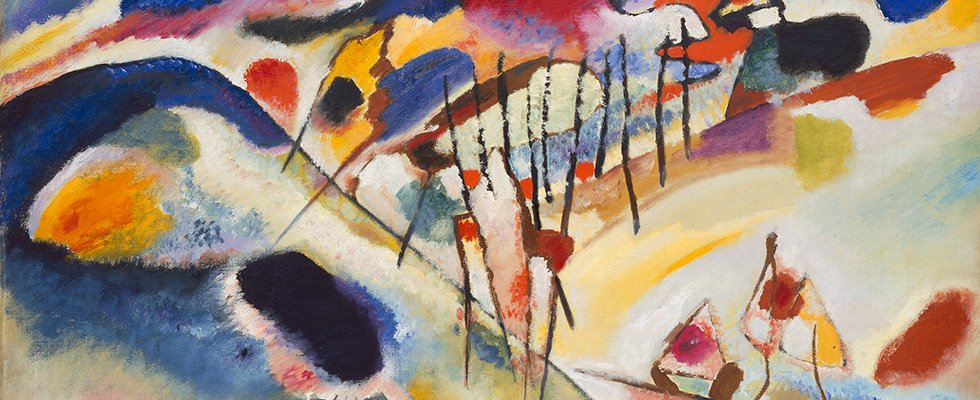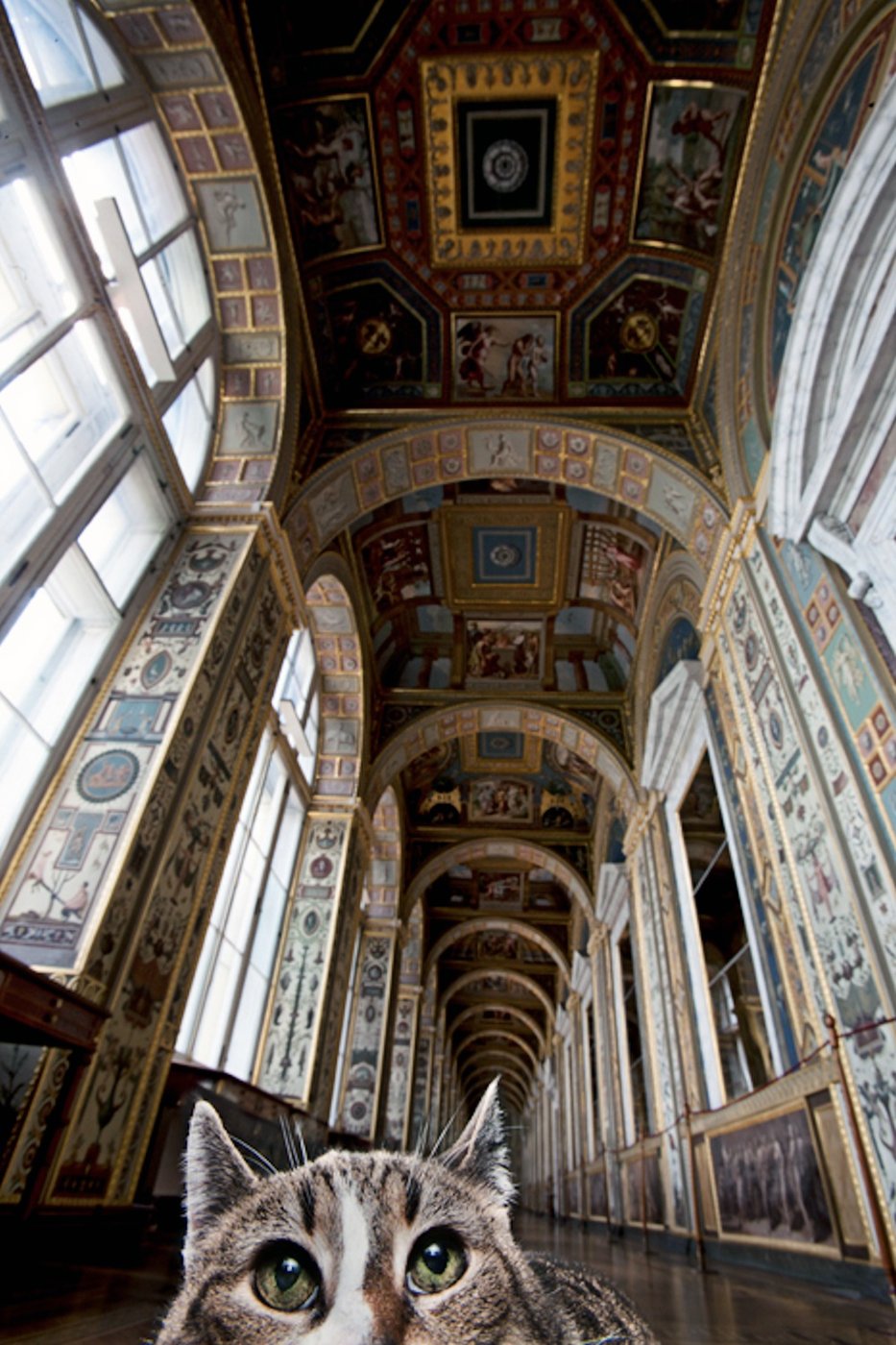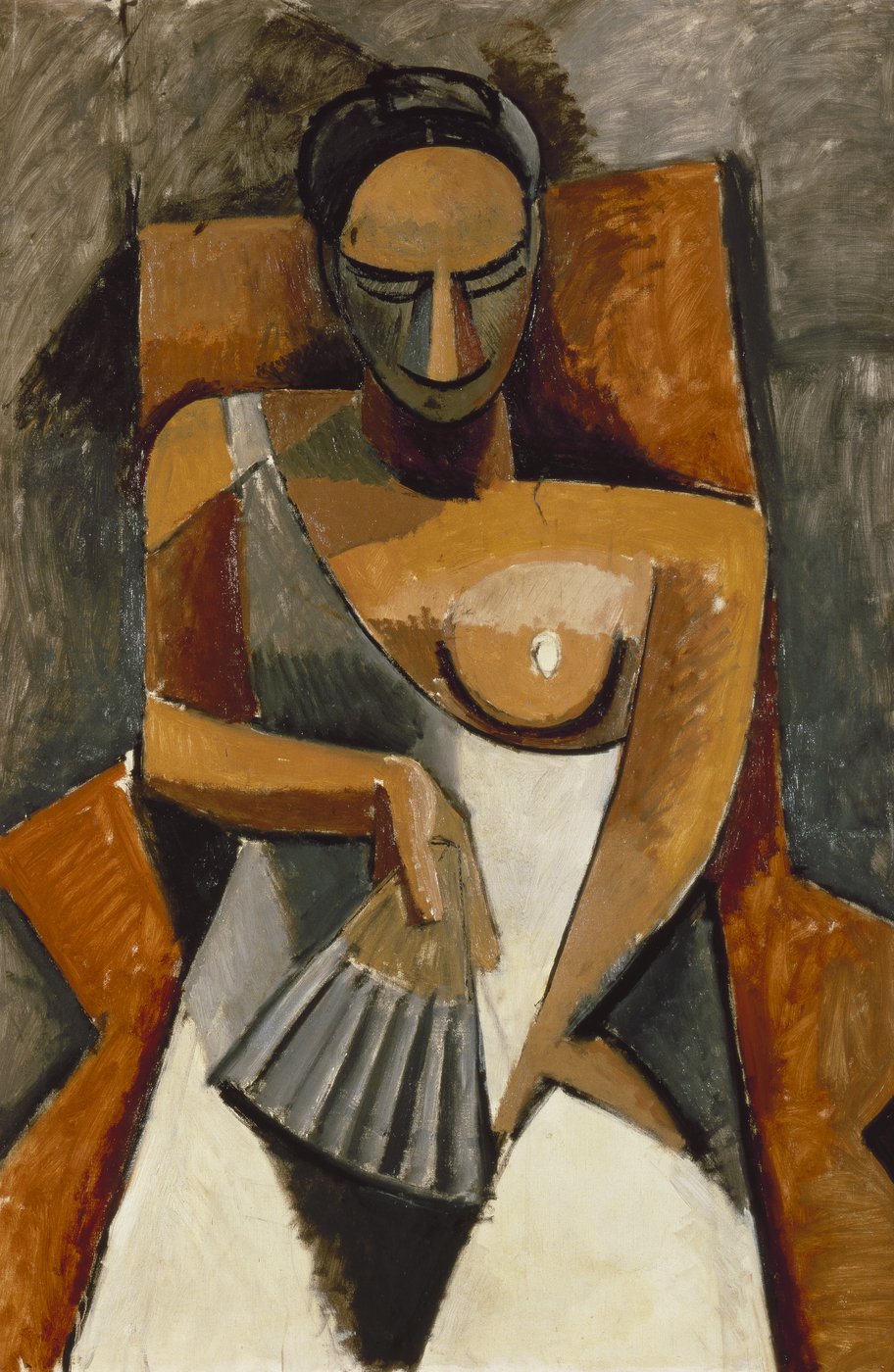Menu

Wassily Kandinsky, 'Landscape: Dünaberg near Murnau', 1913 (detail). The State Hermitage Museum, St Petersburg. Inv GE 9098. Photo © The State Hermitage Museum 2018, Vladimir Terebenin
Masters of modern art from the Hermitage
A journey of surprises, startling colour and form, and bold leaps of the imagination

Video
Masters of Modern Sound
For three nights in January the Art Gallery of NSW presents Masters of modern sound, an after-dark experience of art, space and sound with performances by leading Australian and international composers, musicians, sound designers and dancers.
Thursday 10 – Saturday 12 January 2019, 8pm
$65 plus booking fee
Includes exhibition entry

The Hermitage
The State Hermitage Museum in St Petersburg is one of the world’s great encyclopedic museums. At its heart is the Winter Palace, once the official residence of Russian emperors, whose first occupant, Catherine the Great (1729–96), assembled what was then one of the largest and most important collections of paintings in the world. Over the years, various buildings were added and the collection expanded. Today, the giant yellow General Staff Building is home to the Hermitage’s unsurpassed holdings of impressionist, post-impressionist and modern paintings.
Colour is the keyboard, the eyes are the hammers, and the soul is the piano with many strings.
The artist is the hand that plays, touching one key or another, to cause vibrations in the soul.
- Wassily Kandinsky
The collectors
Master works of the French avant-garde were brought to Russia at the beginning of the 20th-century by two passionate and canny private collectors, Sergey Shchukin and Ivan Morozov.

Cézanne: the first true modern?
It should be remembered that a picture...
is essentially a flat surface covered with colours assembled in a certain order
– Maurice Denis

Gauguin: the painter of paradise
The exhibition
Drawn from the unparalleled collections of the State Hermitage Museum in St Petersburg, the exhibition presents some of the towering figures of modern art. It captures the ebullience, idealism and confidence of artists as they freed themselves from tradition. Documenting the seismic shifts that took place in European painting in the years after 1900, it encapsulates a defining moment in art history.

Cats of the Hermitage
The Hermitage doesn’t just house some of the world’s greatest artworks. Around 70 well-cared-for cats live in the basement of the Winter Palace and around the grounds, ostensibly to protect the art from mice and rats.
Feline security guards have stalked the halls since at least 1745 when Empress Elizabeth issued a decree for suitable rodent-catchers to be sent to the palace from Kazan (along with someone to look after them).
Today, a different band of kitties (no relation) is a tourist attraction in their own right, celebrated at the annual Day of the Hermitage Cat, and looked after by museum volunteers. One of them – Achilles, a deaf white cat said to have psychic powers – became famous for his predictions during the 2018 World Cup football competition in Russia and has his own Instagram account @Achillcat.

Picasso: the future of art


